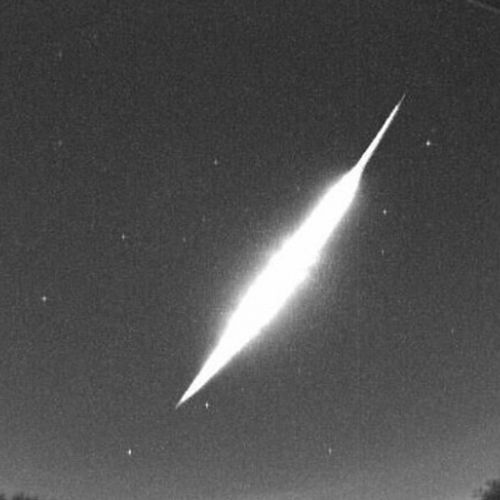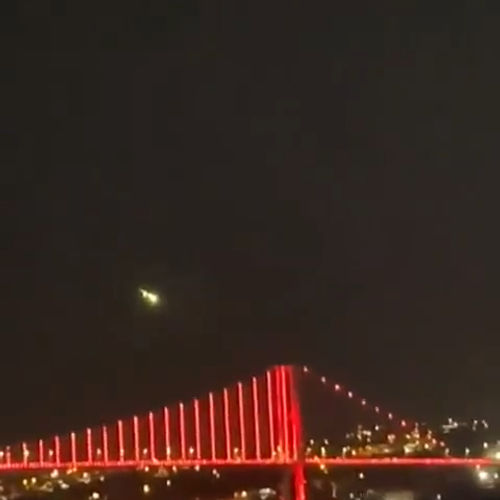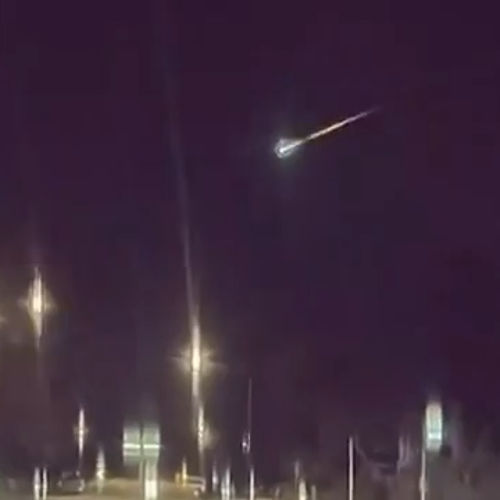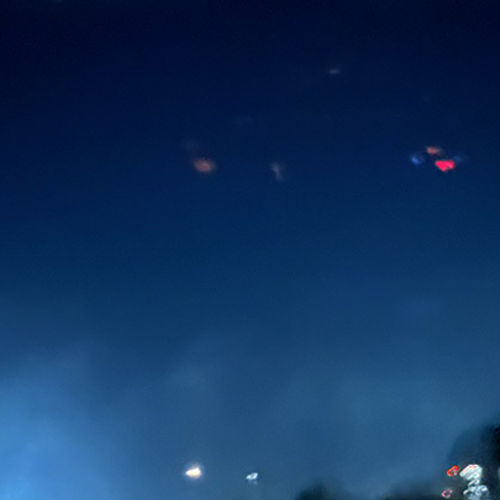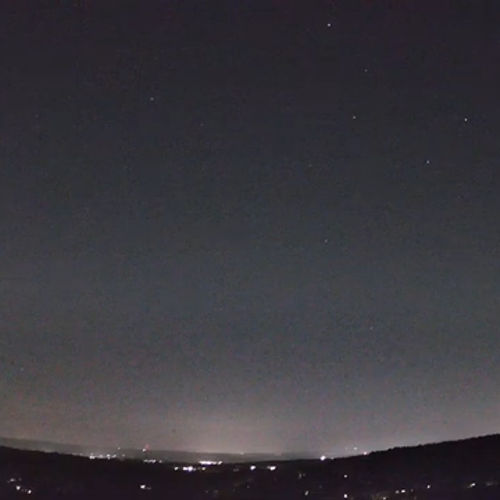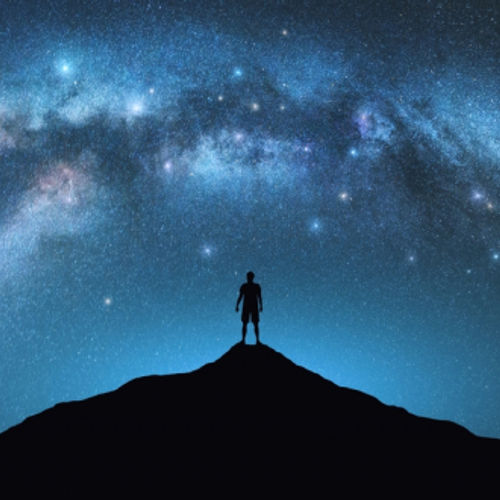
| Added | Fri, 22/12/2017 |
| Источники | |
| Дата публикации | Fri, 22/12/2017
|
| Версии |
Winter boasts the longest nights of the year, which creates ideal conditions for observing the sky in the Northern hemisphere. Many astronomical events this time of year you can see without a telescope, the naked eye.
So, 5 of astronomical events this winter that are worth marking on your calendar.
1. Meteor shower of Urside: 21-22 Dec
Ourside is a small stream, which produces up to 10 meteors per hour during its peak in the night from Thursday December 21 Friday, December 22.
Occasionally Urside can explode 100 meteors per hour, but this year is not expected. However, the conditions for observation will be very favorable, as the flow reaches its peak just a few days after the new moon. Natural light pollution will be very small, allowing eyewitnesses to see both the dim meteors.
2. Meteor shower Quadrantids 3-4 Jan.
New 2018 will start with the major meteor shower Quadrantids, which will peak in the first days of 2018. Unlike many other star showers, the culmination of quadrantid lasts less than 24 hours. So if you miss a stream on the night of its peak, you miss it completely.
In 2018 peak quadrantid is expected on Wednesday, January 3, and until early Thursday morning, January 4. Eyewitnesses had counted up to 100 meteors per hour during the climax of quadrantid, but this year may not be so. Light pollution from the nearly full moon will make it difficult to distinction of the dim meteors, causing the velocity of the stellar rain will be reduced to 25-50 meteors.
3. Eclipse of the Blue moon: January 31,
In January you will see a rare astronomical event — a Blue Moon will coincide with the supermoon. Both the January moon will Superlunary and will appear bigger and brighter than normal full Moon.
The full moon on January 31 will also receive the nickname "Blue Moon", as it is a second full moon in one calendar month.
A total lunar Eclipse will be visible in Eastern Asia, Australia, Alaska and Northwest Canada. A number of parts of Asia and North America will see a partial Eclipse.
This is the first time a total lunar Eclipse happens during a Blue moon since December 30, 1982.
4. Parade of planets in the predawn sky: March 8
Those who like to get up early, meet the parade of planets in early March. Jupiter, Mars and Saturn will line up in a row each morning before dawn. March 8 will also include the Moon, appearing between Jupiter and Mars in the southern sky.
Pluto will also join the parade and will be visible just below and slightly to the left of Saturn.
5. Mercury in conjunction with Venus after sunset on March 15
Planet that is the hardest to notice with the naked eye, will be visible just after sunset in mid-March. Mercury is difficult to see because of its proximity to the Sun, but on March 15th he reaches the point of maximum Eastern elongation. This means that it will appear on the very large distance from the Sun and therefore will be visible after sunset.
To see mercury will be on the Western part of the horizon within 75 minutes after sunset. Venus will also appear in the Western sky, making easier the search of the elusive mercury.
Translated by «Yandex.Translator»
Новости со схожими версиями
Log in or register to post comments

